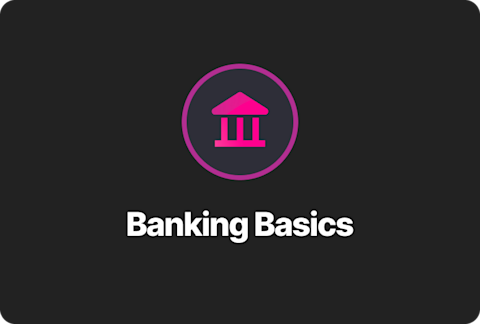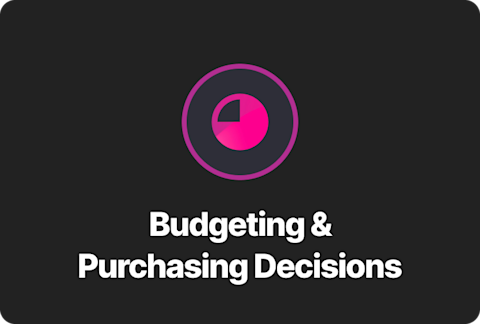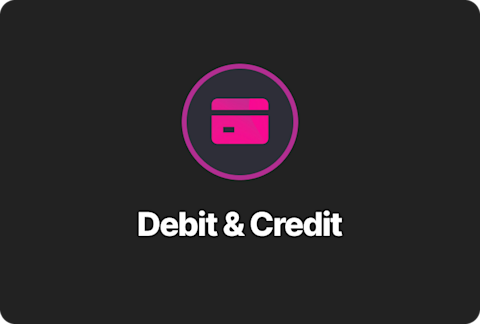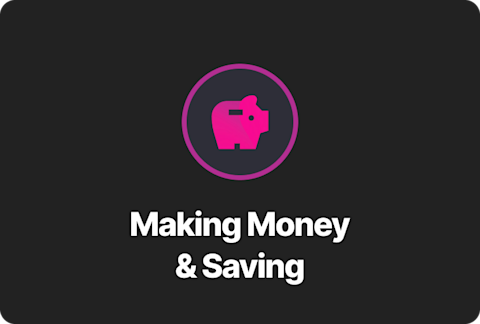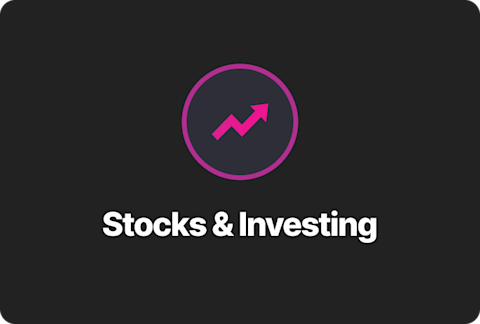Is Zelle Safe in 2025? What You Should Know 💸
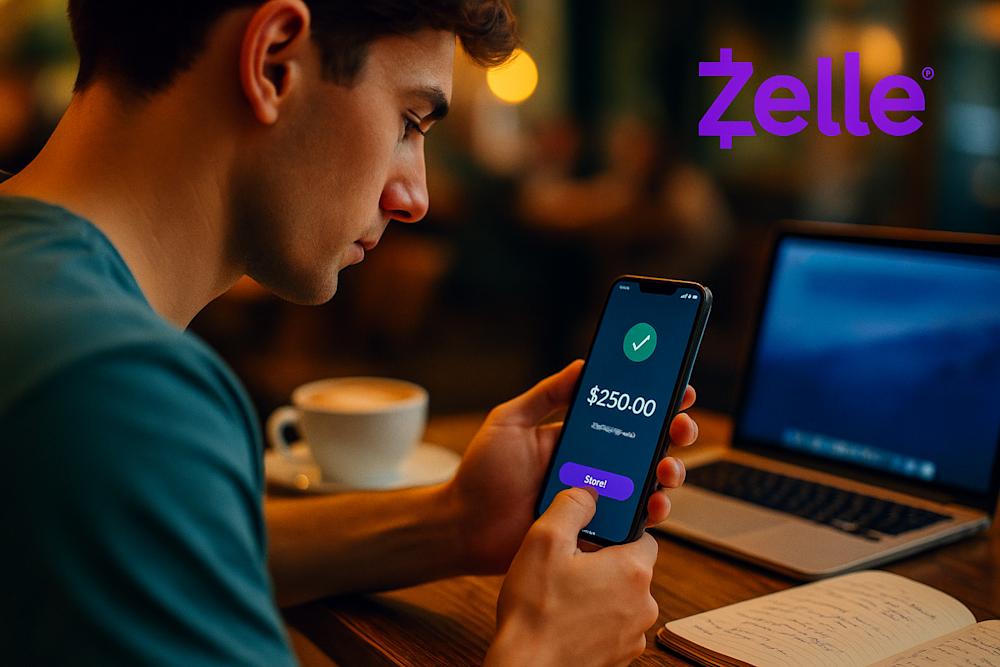
Whether you’re splitting rent with your roommate, sending money to your sibling, or buying something off Facebook Marketplace, there’s a good chance someone’s asked: “Do you have Zelle?”
Zelle is fast, free, and already built into most banking apps, which makes it super convenient. But if you’ve ever paused before hitting send, wondering how safe it really is, you’re not alone. This guide breaks down how Zelle works, when it’s safe to use, and what to watch out for so you can send money with more confidence in 2025.
What Is Zelle and How Does It Work?
Zelle is a peer-to-peer payment service that lets you send money directly between bank accounts. There’s no app balance like Cash App or Venmo. The money usually lands in minutes, as long as both people are enrolled.
That speed is what makes Zelle so appealing. It’s already integrated with your bank, there are no fees, and it’s incredibly easy to use.
The tradeoff is that Zelle assumes you’re sending money to someone you know. If something goes wrong, like you send money to the wrong person or fall for a scam, it doesn’t offer the same protections as a credit card or refund-enabled payment platform.
Is Zelle Safe to Use?
Zelle uses bank-level encryption and security protocols. Since it runs through your existing bank account, it benefits from all the fraud monitoring your bank already has in place.
It’s safe for everyday transfers to people you trust, like paying back a friend for lunch or sending rent to your roommate. But if you send money to a stranger or someone you just met online and the transaction turns out to be a scam, you likely won’t be able to reverse it.
That’s not a Zelle problem. It’s more about how it’s used. Treat Zelle like digital cash. Once it’s sent, it’s sent.
Let’s say you accidentally send $75 to the wrong phone number. If the person claims the money and doesn’t return it, Zelle won’t get involved. Some banks may try to help recover the funds in specific situations, but there are no guarantees.
Is Zelle Safe to Receive Money from Strangers?
Generally, yes. Receiving money through Zelle is low risk. But some scams flip the direction.
Imagine you’re selling something online. A buyer sends you a fake email claiming a payment is “pending” or “on hold.” They ask you to ship the item before it clears. Or they claim they accidentally sent too much and want a partial refund.
Even though you’re not sending money, you can still get scammed if you act before verifying. Always confirm the money actually hit your bank account before doing anything else.
Is Zelle Safe for Buyers?
Zelle is not meant for buying goods or services from strangers. It does not offer buyer protection, and banks typically won’t refund you if you willingly sent the money.
That said, if someone hacks your account and sends money without your permission, your bank may help recover it. This is where strong bank fraud protection protocols can help. But if you authorized the payment—even if you were tricked—Zelle considers it final.
If you're shopping online or paying someone you don’t know well, your safest options are credit cards or platforms like PayPal that offer dispute resolution. For young adults, an option like Step is also worth considering. It gives you access to a secured credit card to build credit while offering modern tools designed for real-life situations. With Step, you get more control and more protection than sending money through peer-to-peer apps.
Zelle vs. Venmo: Which Is Safer?
Both are secure if you use them responsibly.
Zelle moves money instantly between bank accounts and doesn’t hold a balance. Venmo offers a few extras, like the ability to store funds in the app and some buyer protection when used with verified merchants.
Venmo may give you a bit more wiggle room if something goes wrong with a business transaction, but for everyday transfers between friends, Zelle works just as well. Just remember that neither should be used to pay strangers for things unless there’s real protection involved.
✅ Want a Smarter Way to Move Money and Build Credit?
If you’re looking for more than just fast transfers, Step offers a better way to manage your money while building your financial future.
With Step, you get:
A secured credit card to build credit with no credit check
An FDIC-insured account with no monthly fees
Cash when you need it most and borrow up to $500 using Step’s EarlyPay feature
A built-in Earn tab where you can make money by playing games or taking surveys
A credit building app that helps you improve your score from the start
And if you're wondering why credit matters, check out this guide on understanding credit scores. A better score can lead to lower interest rates, cheaper insurance, and more financial opportunities later on.
How to Use Payment Apps Safely
No matter what app you’re using—Zelle, Venmo, Cash App, or Step, here are a few tips to keep your money safe:
Only send money to people you trust
Double-check the phone number or email before hitting send
Don’t rely on screenshots or email confirmations—verify funds directly in your bank
Never refund or resend money unless you’re absolutely sure the original payment was real
Use payment methods with protection if you're buying something from a stranger
These apps are convenient, but that convenience comes with responsibility. Taking a few seconds to verify can save you a lot of stress.
Final Thoughts: Is Zelle Safe in 2025?
Zelle is secure and reliable for sending money to people you trust. It’s a solid tool for splitting rent, paying back friends, or transferring money quickly. But it’s not designed for risky transactions like buying from strangers or sending large amounts to unfamiliar people.
If you’re looking for more than a way to send money, Step gives you what Zelle can’t: tools to build credit, earn money, get paid early, and keep your financial future moving forward.
Ready to move money smarter? Sign up for Step and get more from every dollar you send, spend, or save.




